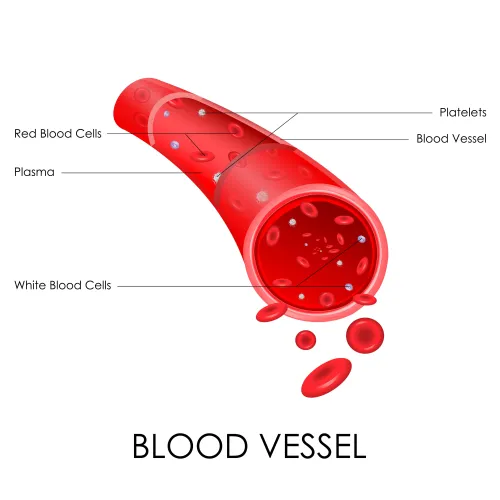FBR with Wound Exploration

Question: Our clinician recently performed wound exploration for a patient who had received trauma due to accidental discharge of an airgun. During the exploration, our clinician checked the wound and removed several shards of the pellets from the wound. What codes should I report for the exploration? Can I report foreign body removal along with wound exploration codes? If yes, should I report one unit of the code for each foreign body removal?
Texas Subscriber
Answer: You have not specified the area in which the patient received the wound. Depending on the anatomical area where the wound was present, you have the following code choices to report an exploration of a wound:
If you are reporting a wound exploration code, any foreign body removal that your clinician performed along with exploration will be included in the same code and should not be reported separately. Any wound debridement and ligation of minor blood vessels is also included in the procedure and should not be reported separately.
If the wound is superficial and does not need extensive exploration, then you should only report a foreign body removal code. If a foreign body removal code is present for that particular anatomical area from which it was removed, that code should be reported. For instance, for removal of a foreign body from the foot, you can report 28190 (Removal of foreign body, foot; subcutaneous). If not, a code from the integumentary codes, such as 10120 (Incision and removal of foreign body, subcutaneous tissues; simple) or 10121 (…complicated) should be reported for the foreign body removal from subcutaneous tissues.
Note that these services involve some incision. If no incision was performed and your clinician only used an instrument such as a tweezers or a probe to either hold the foreign body or to tease it out, then you will need to report the foreign body removal with an E/M code.




